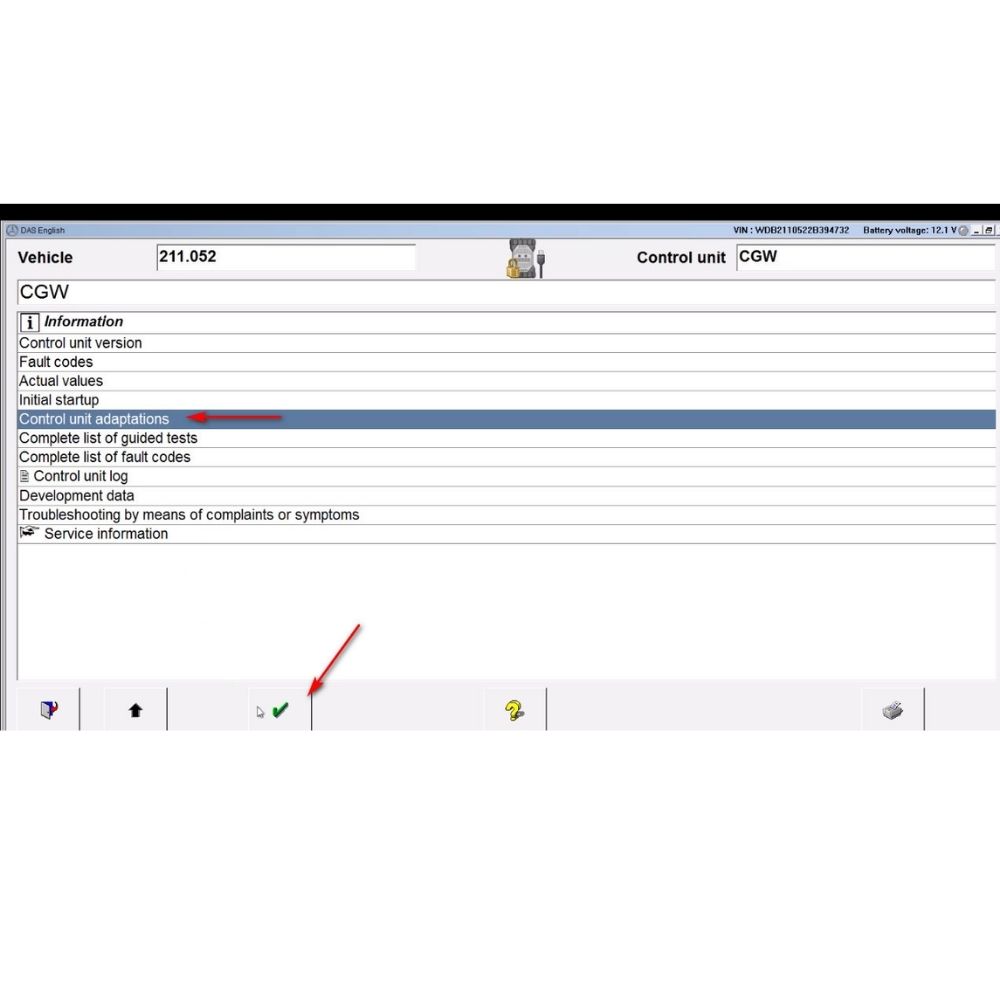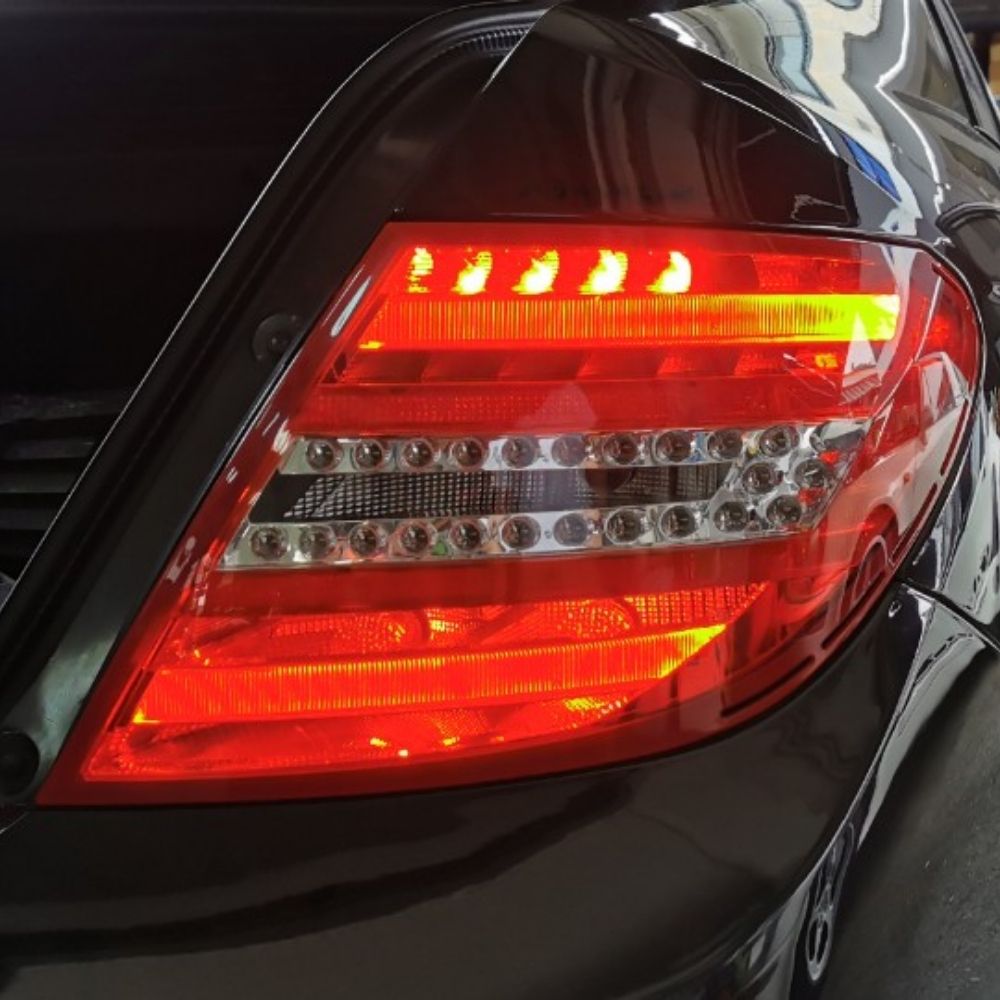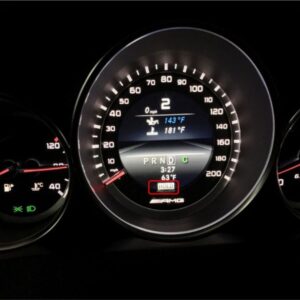The Audi code 18010, often indicating a power supply terminal 30 low voltage issue, signals potential problems within your vehicle’s electrical system. AutoExplain offers remote support, diagnostics, and software solutions to efficiently address these automotive challenges, minimizing downtime and costs. Our expertise ensures accurate diagnosis and effective repairs for your Audi, leveraging advanced tools and experienced technicians.
1. What Does Audi Code 18010 Specifically Mean?
Audi code 18010 precisely indicates a low voltage issue at terminal 30, which is a critical power supply point in your vehicle’s electrical system. This terminal provides constant battery power to various components, including the engine control unit (ECU), transmission control module (TCM), and other essential systems. When the voltage at terminal 30 drops below a certain threshold, the ECU detects this anomaly and stores the 18010 diagnostic trouble code (DTC).
- Symptoms: Besides the stored code, you might observe symptoms such as difficulty starting the engine, intermittent electrical issues, or the malfunction indicator lamp (MIL) illuminating on the dashboard.
- Importance: Addressing this code promptly is crucial because a stable power supply is essential for the proper functioning of numerous vehicle systems. A low voltage condition can lead to erratic behavior, reduced performance, and potential damage to sensitive electronic components.
2. What Are the Common Causes of the 18010 Error Code?
Several factors can trigger the Audi code 18010, all related to a drop in voltage at terminal 30. Here are the most common culprits:
- Faulty Battery: A weak or failing battery is a primary suspect. As batteries age, their ability to hold a charge diminishes, leading to voltage drops, especially during engine start-up. According to research from the Battery Council International (BCI) in 2024, a significant percentage of battery-related issues in vehicles stem from batteries older than three years.
- Loose or Corroded Battery Terminals: Corrosion or loose connections at the battery terminals can impede the flow of electricity, causing voltage drops. Visual inspection and cleaning of the terminals are essential maintenance steps.
- Wiring Issues: Damaged, frayed, or corroded wiring in the power supply circuit can restrict current flow and lower the voltage at terminal 30. This includes the wiring harness connecting the battery to the vehicle’s electrical system.
- Faulty Ground Connections: Poor ground connections can create resistance in the electrical circuit, leading to voltage drops. Ensuring that all ground connections are clean, tight, and free from corrosion is vital.
- Excessive Electrical Load: If the vehicle’s electrical system is burdened with excessive load (e.g., aftermarket accessories, faulty components drawing too much power), it can strain the battery and cause voltage to drop below the required level.
- Faulty Voltage Regulator: The voltage regulator, typically integrated within the alternator, maintains a constant voltage level. If the regulator fails, it can lead to undercharging, causing the battery voltage to drop and trigger the code 18010.
3. How Can I Diagnose the Audi 18010 Code Effectively?
Diagnosing the Audi 18010 code requires a systematic approach to pinpoint the root cause of the low voltage issue. Here’s a step-by-step guide:
- Initial Scan: Use a diagnostic scan tool to confirm the presence of the 18010 code and check for any other related DTCs. This initial scan provides a baseline and helps identify potential patterns.
- Battery Voltage Test:
- Resting Voltage: Measure the battery voltage with the engine off. A fully charged battery should read around 12.6 volts. If the voltage is significantly lower (e.g., below 12 volts), the battery may be weak or discharged.
- Voltage During Cranking: Check the battery voltage while cranking the engine. If the voltage drops excessively (e.g., below 10 volts), it indicates that the battery may not be able to handle the load.
- Battery Load Test: Perform a load test to assess the battery’s ability to deliver current under load. This test simulates the demand placed on the battery during engine start-up and can reveal whether the battery can maintain sufficient voltage.
- Check Battery Terminals and Connections:
- Visually inspect the battery terminals for corrosion, looseness, or damage.
- Clean the terminals with a battery terminal cleaner and ensure that the connections are tight and secure.
- Inspect Wiring and Ground Connections:
- Check the wiring harness connected to the battery for any signs of damage, fraying, or corrosion.
- Inspect ground connections for cleanliness and tightness. Pay particular attention to ground connections near the engine, chassis, and ECU.
- Check for Parasitic Draw: Use a multimeter to measure parasitic draw (current drain) when the vehicle is off. Excessive parasitic draw can deplete the battery over time and cause voltage drops. Normal parasitic draw should be less than 50 milliamps (mA).
- Alternator Output Test:
- With the engine running, use a multimeter to measure the alternator output voltage at the battery terminals. The voltage should typically be between 13.5 and 14.5 volts.
- If the alternator output voltage is outside this range, the alternator or voltage regulator may be faulty.
- Voltage Drop Test: Perform voltage drop tests on the positive and negative sides of the circuit to identify areas of high resistance. This test involves measuring the voltage drop across various components and connections while the circuit is under load.
- ECU Power Supply Check: Use a wiring diagram to identify the specific wires that supply power to the ECU from terminal 30. Check the voltage at these wires to ensure that the ECU is receiving adequate power.
4. What Tools Are Needed to Troubleshoot the 18010 Code?
Successfully troubleshooting the Audi 18010 code requires a range of diagnostic tools and equipment. Here’s a list of essential tools:
- Diagnostic Scan Tool: A scan tool is indispensable for reading and clearing diagnostic trouble codes (DTCs). Advanced scan tools can provide live data, perform actuator tests, and offer guided diagnostics.
- Multimeter: A multimeter is used to measure voltage, current, and resistance. It’s essential for testing battery voltage, alternator output, parasitic draw, and voltage drops.
- Battery Load Tester: A battery load tester assesses the battery’s ability to deliver current under load. It helps determine whether the battery can maintain sufficient voltage during engine start-up.
- Battery Terminal Cleaner: A battery terminal cleaner is used to remove corrosion from battery terminals and ensure good electrical contact.
- Wire Strippers and Crimpers: Wire strippers and crimpers are necessary for repairing or replacing damaged wiring.
- Wiring Diagrams: Wiring diagrams provide detailed information about the electrical circuits in the vehicle. They are essential for tracing wires, identifying components, and performing voltage drop tests.
- Test Light: A test light can be used to quickly check for the presence of voltage in a circuit.
- Socket Set and Wrenches: A socket set and wrenches are needed for removing and installing battery terminals, ground connections, and other electrical components.
- Gloves and Safety Glasses: Gloves and safety glasses are essential for protecting yourself from electrical hazards and chemicals.
5. What Are the Steps to Repair the Audi 18010 Error Code?
Once you’ve diagnosed the cause of the Audi 18010 code, follow these steps to repair the issue:
- Replace Faulty Battery: If the battery voltage is low or fails the load test, replace it with a new battery that meets the vehicle’s specifications. Ensure that the new battery is properly charged before installation.
- Clean and Tighten Battery Terminals: Remove any corrosion from the battery terminals using a battery terminal cleaner. Ensure that the terminals are securely attached to the battery posts.
- Repair or Replace Damaged Wiring: Inspect the wiring harness connected to the battery for any signs of damage, fraying, or corrosion. Repair or replace damaged wires as needed. Ensure that all connections are properly insulated.
- Clean and Tighten Ground Connections: Clean any corrosion from ground connections and ensure that they are securely attached to the vehicle’s chassis. Pay particular attention to ground connections near the engine, chassis, and ECU.
- Reduce Electrical Load: If the vehicle’s electrical system is burdened with excessive load, remove or repair any faulty components that are drawing too much power. Consider upgrading the battery or alternator if necessary.
- Replace Faulty Voltage Regulator or Alternator: If the voltage regulator or alternator is not functioning properly, replace it with a new unit. Ensure that the new unit meets the vehicle’s specifications.
- Address Parasitic Draw: Identify and repair any circuits that are causing excessive parasitic draw. This may involve troubleshooting individual components or circuits to locate the source of the drain.
- Verify Repair: After completing the repair, clear the 18010 code using a diagnostic scan tool. Then, monitor the vehicle’s electrical system to ensure that the code does not return.
6. How Much Does It Cost to Fix the Audi 18010 Code?
The cost to fix the Audi 18010 code can vary depending on the underlying cause of the problem. Here’s a breakdown of potential costs:
- Battery Replacement: Replacing a faulty battery can cost between $100 and $300, depending on the type of battery and the labor involved.
- Battery Terminal Cleaning and Tightening: Cleaning and tightening battery terminals is a relatively inexpensive task that can often be done for under $50.
- Wiring Repair: The cost of wiring repair can vary depending on the extent of the damage. Minor repairs may cost less than $100, while more extensive repairs could cost several hundred dollars.
- Ground Connection Cleaning and Tightening: Cleaning and tightening ground connections is a relatively inexpensive task that can often be done for under $50.
- Voltage Regulator or Alternator Replacement: Replacing a faulty voltage regulator or alternator can cost between $200 and $500, depending on the type of unit and the labor involved.
- Parasitic Draw Diagnosis and Repair: Diagnosing and repairing parasitic draw can be a time-consuming process, as it may involve troubleshooting multiple circuits. The cost can vary depending on the complexity of the issue, but it could range from $100 to $500 or more.
7. Can I Drive My Audi with the 18010 Code?
While it may be possible to drive your Audi with the 18010 code, it’s not recommended. The low voltage condition can affect various vehicle systems, leading to unpredictable behavior and potential damage. For instance, critical systems like the ABS, airbags, and engine management may not function correctly.
- Safety Concerns: Driving with electrical issues poses safety risks. Erratic system behavior can compromise vehicle control and increase the risk of accidents.
- Potential Damage: Prolonged low voltage can damage sensitive electronic components, leading to costly repairs.
- Reduced Performance: Engine performance and fuel efficiency may suffer due to the ECU’s inability to properly manage engine parameters.
It’s best to address the 18010 code as soon as possible to prevent further issues and ensure safe operation of your vehicle.
8. What Are the Long-Term Consequences of Ignoring Code 18010?
Ignoring the Audi 18010 code can lead to a cascade of problems, affecting multiple vehicle systems and potentially resulting in costly repairs. Here are some of the long-term consequences:
- Battery Damage: Prolonged low voltage can cause sulfation of the battery plates, reducing the battery’s capacity and lifespan. Eventually, the battery may become unable to hold a charge.
- ECU Damage: The ECU is sensitive to voltage fluctuations. Continued exposure to low voltage can damage the ECU, requiring expensive replacement.
- Sensor Malfunctions: Many sensors in the vehicle rely on a stable voltage supply to function correctly. Low voltage can cause these sensors to provide inaccurate readings, leading to further problems.
- Transmission Issues: The transmission control module (TCM) also requires a stable voltage supply. Low voltage can cause erratic shifting, transmission slippage, or even complete transmission failure.
- ABS and Airbag System Problems: Low voltage can affect the ABS and airbag systems, compromising their ability to function properly in an emergency.
- Starting Problems: As the battery continues to weaken, starting the engine may become increasingly difficult, eventually leading to a no-start condition.
9. Is the Audi 18010 Code Related to Other Error Codes?
Yes, the Audi 18010 code can be related to other error codes, especially those involving electrical components or systems. Here are some codes that may accompany 18010:
| Code |
Description |
Possible Relationship to 18010 |
| P0562 |
System Voltage Low |
Direct indication of low voltage, confirming the 18010 issue |
| P0606 |
ECM/PCM Processor Fault |
Low voltage can damage the ECU/PCM |
| P1640 |
Internal Control Module Memory Check Sum Error |
Low voltage can cause memory errors in control modules |
| P068A |
ECM/PCM Power Relay De-Energized Too Early |
Indicates issues with power supply to the ECU/PCM |
| Various |
Codes related to sensors (e.g., MAF, O2 sensors) |
Low voltage can cause inaccurate sensor readings |
When diagnosing the 18010 code, it’s essential to consider any other DTCs that are present, as they can provide valuable clues about the underlying cause of the problem.
10. When Should I Seek Professional Help for This Code?
While some troubleshooting steps can be performed by vehicle owners with basic mechanical skills, certain situations warrant professional help from a qualified technician. Consider seeking professional assistance if:
- You’re uncomfortable working with electrical systems.
- You lack the necessary diagnostic tools.
- You’ve attempted basic troubleshooting steps without success.
- The code persists or is accompanied by other serious symptoms.
- You suspect that the ECU or other critical components may be damaged.
AutoExplain provides remote support and diagnostics to assist you in troubleshooting the 18010 code. Our experienced technicians can guide you through the diagnostic process, provide expert advice, and offer solutions tailored to your specific situation. Contact us via WhatsApp at +1(936)2896695 or email at [email protected] for assistance. We are located at 1500 N Grant ST Sten Denver, CO 80203. Visit our website at AutoExplain for more information.
AutoExplain: Your Partner in Automotive Diagnostics and Repair
Are you struggling with the Audi 18010 code or other complex automotive issues? Don’t waste time and money on guesswork. AutoExplain offers expert remote support, diagnostics, and software solutions to help you get your vehicle back on the road quickly and efficiently.
Our services include:
- Remote diagnostics and troubleshooting
- ECU programming and software updates
- Key programming
- Technical support via WhatsApp and email
- Access to a team of experienced automotive technicians
Contact AutoExplain today via WhatsApp at +1(936)2896695 or email at [email protected] to experience the difference. Let us help you resolve your automotive challenges with precision and expertise.









